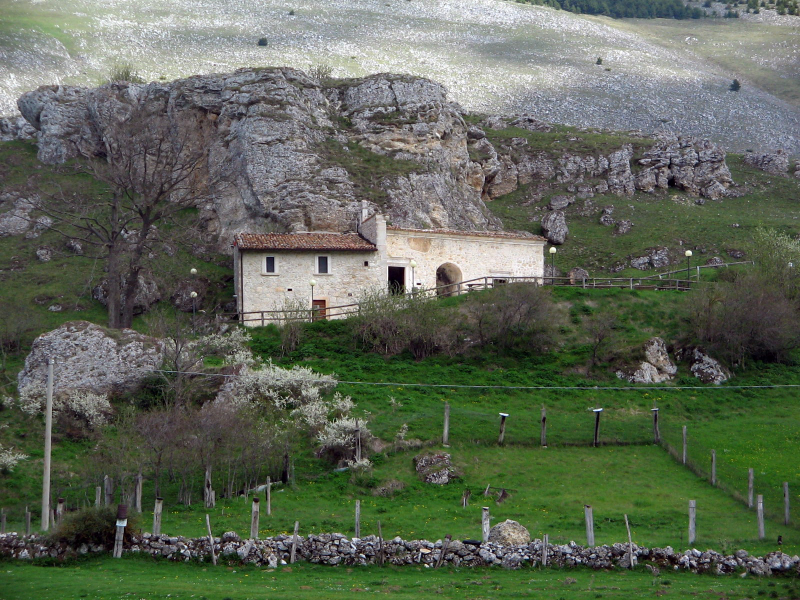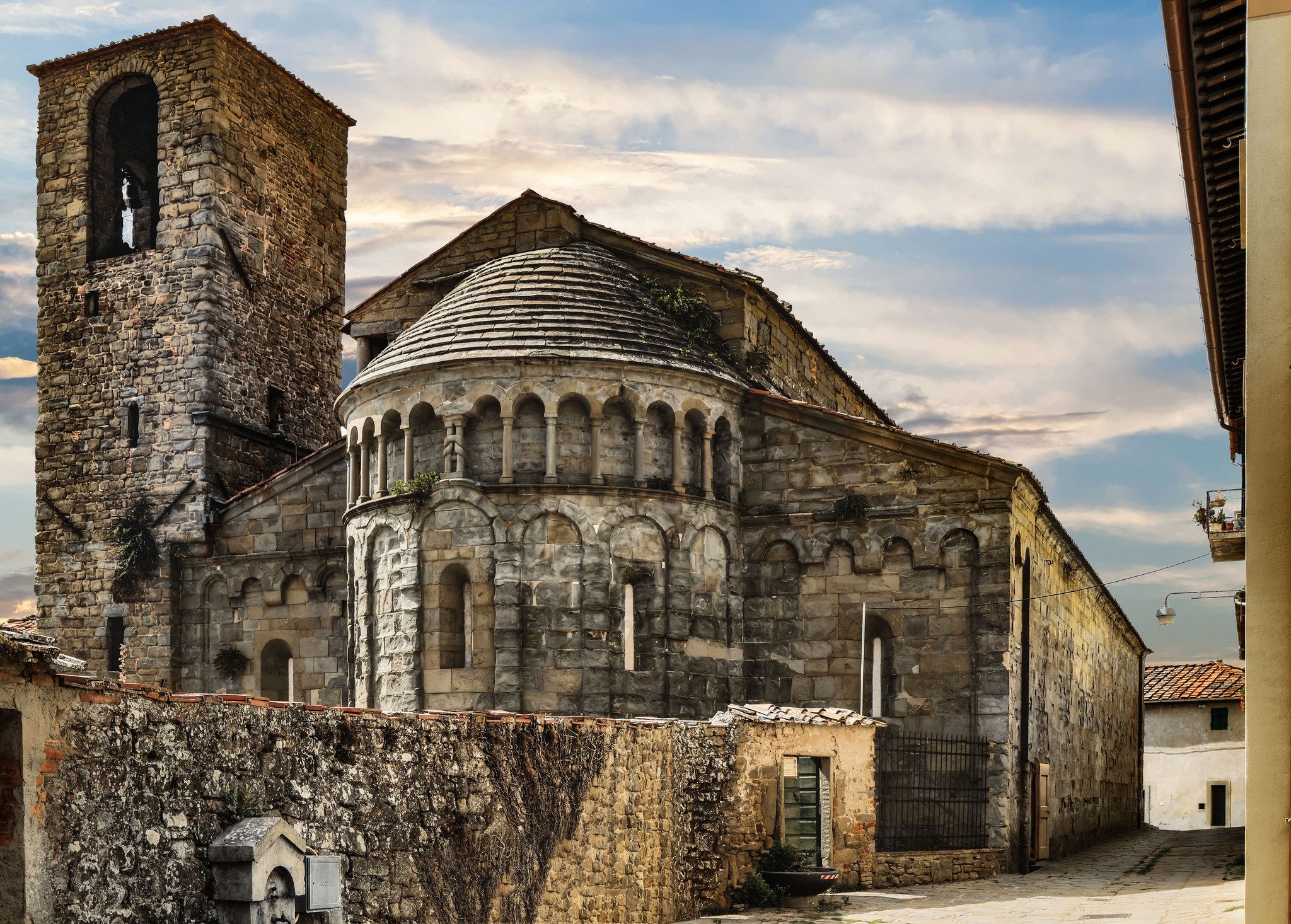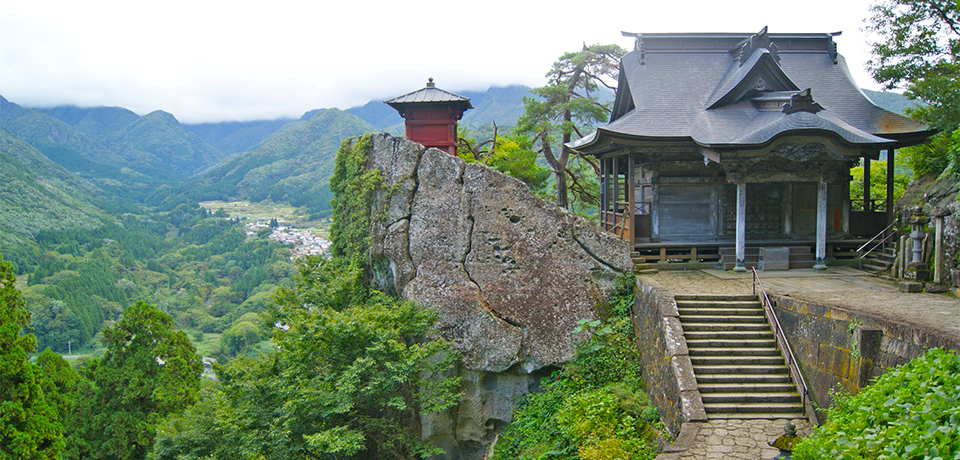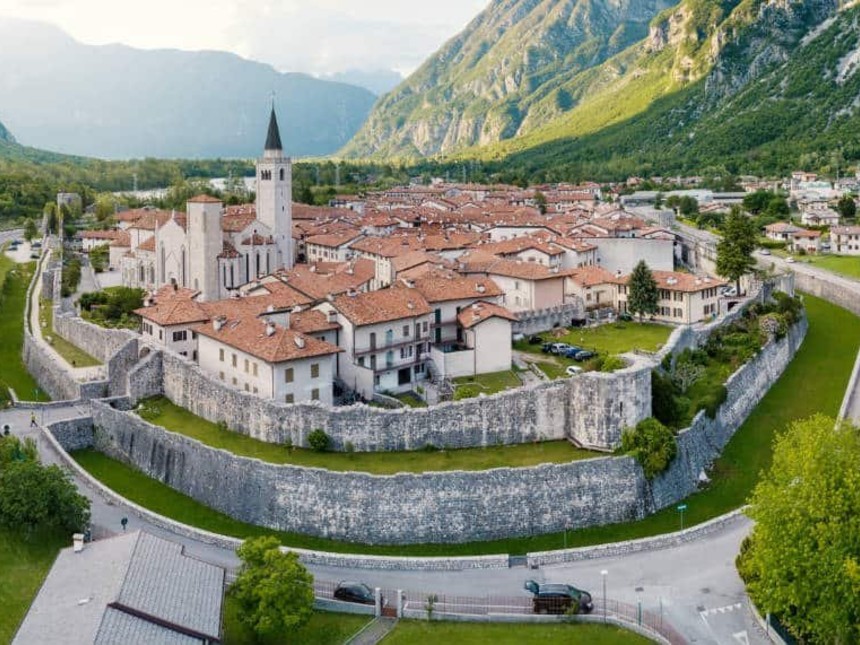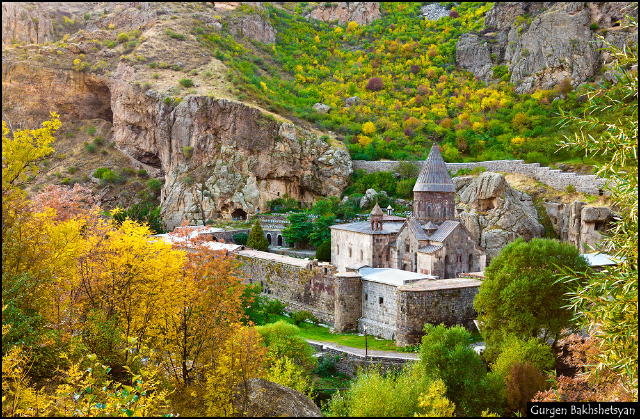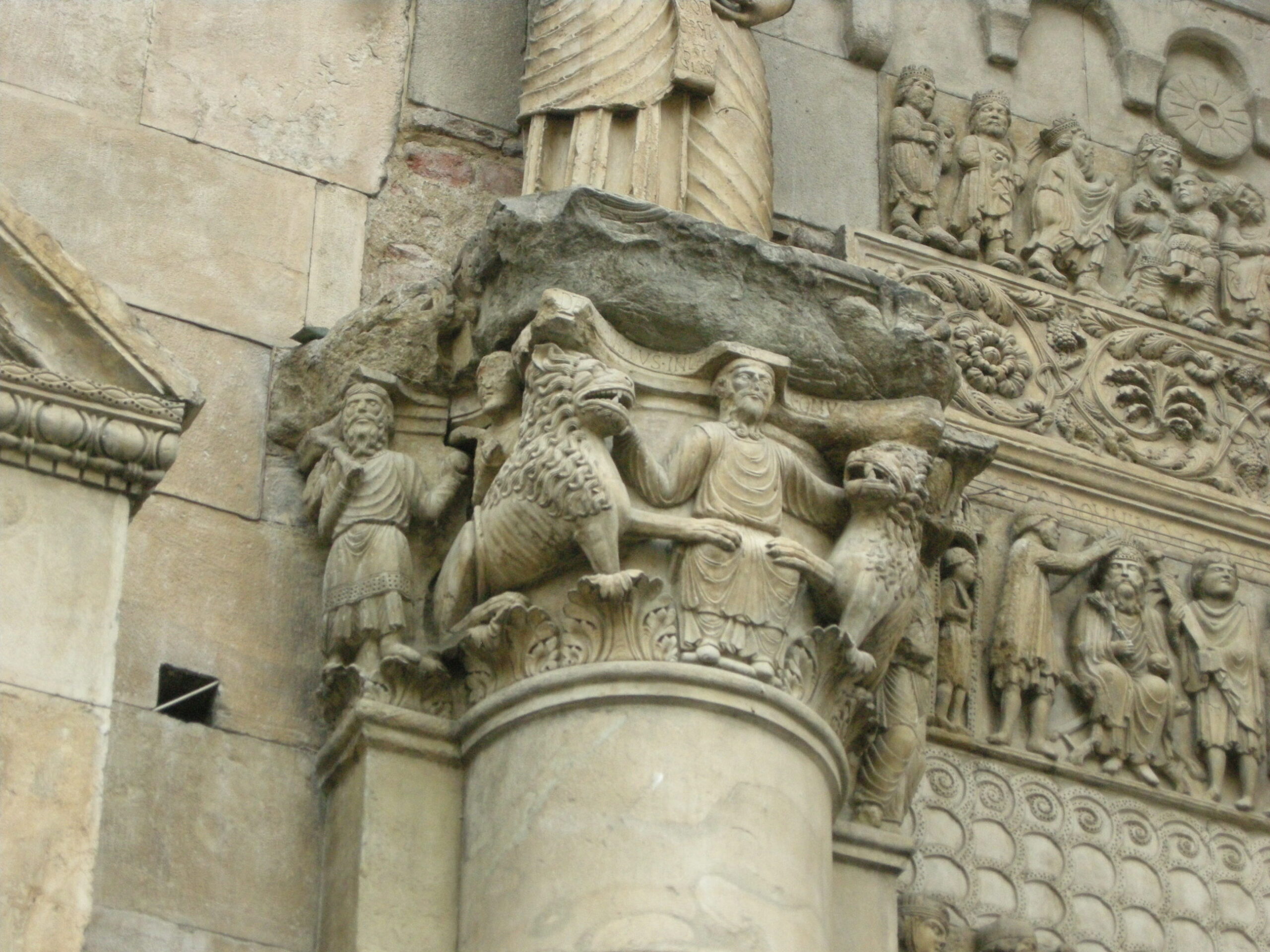A visit to the complex of Santa Giuliana is advisable to see the beautiful cloister, attributed to Matteo Gattaponi (1376). It is one of the finest examples of Cistercian architecture in Italy. The monastery of Santa Giuliana, founded in 1253 by Cardinal Giovanni of Toledo, a great promoter of the Cistercian reform, was one of the richest religious building of the city; it was protected by Pope Innocent IV, who granted a special indulgence to anyone who visited it. The church has a fourteenth-century facade with geometric coating in white and pink marble and a beautiful portal with a rosette. It houses several traces of ancient decorations in the single nave interior with wooden trusses. Two XIII century frescoes, detached from the refectory, were placed on the left wall (Last Supper), and on the apse (Coronation of the Virgin of Marzolini, Master of the Triptych). On the triumphal arch remains of frescoes dating from the end of XIII and the early XIV are still visible. The former monastery, the Foreign Language School at present, is located to the right of the church. Inside the monastery there is a beautiful cloister, characterized by wide white arches on octagonal pillars with red and white stripes of narrative capitals. Attributed to Matthew Gattaponi (1376) it is one of the finest examples of Cistercian architecture in Italy.


